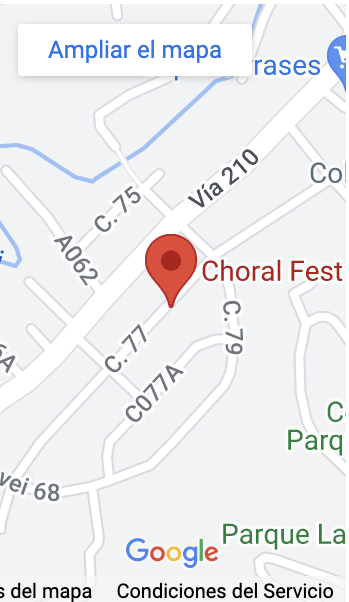Voice Types in Choirs: Understanding Soprano, Alto, Tenor, and Bass
Whether you are a seasoned singer or a novice exploring the world of choral music, understanding the different voice types in a choir is essential. Each voice type plays a unique and crucial role in creating the harmonious and rich sound that choirs are known for. In this comprehensive guide, we will delve into the four main voice types in choirs: Soprano, Alto, Tenor, and Bass. We will explore their characteristics, vocal ranges, and the roles they play in choral music.
What Are the Four Main Voice Types in Choirs?
The four main voice types in choirs are Soprano, Alto, Tenor, and Bass. These categories help organize singers based on their vocal range and timbre, ensuring that each part of the musical composition is adequately covered. Let’s take a closer look at each voice type:
Soprano
The Soprano voice type is the highest vocal range in choral music. Sopranos typically sing the melody and are often the most prominent voice in a choir. Their bright and clear tone allows them to stand out, making them perfect for leading the harmony.
Characteristics:
- Vocal range: C4 (middle C) to A5
- Bright, clear, and powerful tone
- Often sings the melody
Examples: Famous sopranos include opera singers like Maria Callas and Renée Fleming.
Alto
The Alto voice type is the lowest female voice in a choir. Altos provide the rich, warm harmonies that support the soprano line. They often sing inner harmonies, filling out the overall sound of the choir.
Characteristics:
- Vocal range: G3 to D5
- Warm, rich, and sometimes slightly darker tone
- Often sings inner harmonies
Examples: Famous altos include singers like Marian Anderson and Eula Beal.
Tenor
The Tenor voice type is the highest male voice in a choir. Tenors often sing the melody or a counter-melody, adding brightness and energy to the choral sound. Their range allows them to hit high notes that are crucial for many compositions.
Characteristics:
- Vocal range: B2 to A4
- Bright, powerful, and often heroic tone
- Often sings the melody or counter-melody
Examples: Famous tenors include Luciano Pavarotti and Plácido Domingo.
Bass
The Bass voice type is the lowest vocal range in choral music. Basses provide the foundation for the choir, anchoring the harmony with their deep, resonant tones. They often sing the bass line, which is crucial for the harmonic structure of the music.
Characteristics:
- Vocal range: E2 to E4
- Deep, resonant, and powerful tone
- Often sings the bass line
Examples: Famous basses include singers like Paul Robeson and Samuel Ramey.
Why Understanding Voice Types Matters
Understanding voice types is crucial for several reasons:
- Harmonization: Knowing each voice type helps in arranging music that maximizes the choir’s potential, ensuring balanced harmonies.
- Voice Health: Singing within one’s vocal range helps maintain vocal health and prevents strain or damage.
- Role Assignment: Assigning the right voice type to the appropriate part ensures that each section of the choir shines.
How to Identify Your Voice Type
Identifying your voice type involves understanding your vocal range and timbre. Here are some steps to help you determine your voice type:
Step 1: Find Your Vocal Range
Use a piano or a keyboard app to find the lowest and highest notes you can sing comfortably. This will give you an idea of your vocal range.
Step 2: Analyze Your Timbre
Consider the quality of your voice. Is it bright and clear, warm and rich, or deep and resonant? Your timbre will help you narrow down your voice type.
Step 3: Consult a Vocal Coach
A vocal coach can provide valuable insights and help you identify your voice type accurately. They can also offer guidance on how to develop and maintain your voice.
Actionable Tips for Choir Singers
Here are some actionable tips to help you excel in your choir:
- Practice Regularly: Consistent practice helps improve your vocal technique and stamina.
- Warm-Up: Always warm up your voice before singing to prevent strain and injury.
- Listen to Each Other: Pay attention to the other sections of the choir to blend your voice harmoniously.
- Stay Hydrated: Drink plenty of water to keep your vocal cords hydrated and healthy.
Conclusion
Understanding the different voice types in choirs—Soprano, Alto, Tenor, and Bass—helps create a balanced and harmonious choral sound. Each voice type has its unique characteristics and roles, contributing to the rich tapestry of choral music. Whether you are a singer or a choir director, knowing these voice types will enhance your appreciation and performance in choral music. Remember to identify your voice type, practice regularly, and take care of your vocal health to excel in your choral journey.
By embracing the diversity of voice types, choirs can create beautiful, harmonious music that resonates with audiences and singers alike.


